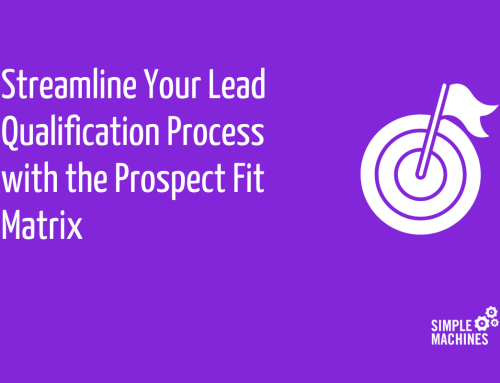Earlier this year, HubSpot’s payments tool was one of the most hyped features the company had announced in some time. Seeing the potential value of this tool (who doesn’t want to get paid faster?), we were eager to jump in and test it out, starting with ourselves as the guinea pig.
Since testing it, we’ve encountered one area with minimal documentation that I imagine several others might want to know about: how to set up payments with QuickBooks Online to streamline and automate the billing processes. Because there wasn’t much documentation, we set up a call with HubSpot’s payments team.
In this post, we’ll share what we’ve learned about how to set up HubSpot payments with QuickBooks Online, what the limitations are and what updates are on the horizon.
Note: everything here is specific to QuickBooks Online, which has a native integration with HubSpot, as opposed to QuickBooks desktop, which requires middleware to integrate.
Also, we won’t be going too deep into the basics of the payments tool here (for an intro, I suggest reading the payments knowledge base article and FAQs).
Short Answer: There Isn’t Much Integration Between Payments and QuickBooks (Yet)
The existing QuickBooks integration with HubSpot has been around for a while, and as of the writing of this post, it hasn’t really been updated or reconfigured to do much with the payments tool.
In other words, there isn’t a ton of process automation available, for now. And for some companies, that could be a deal breaker.
Let’s say your accounting department uses QuickBooks to send monthly invoices and receipts to a big roster of customers, and those invoices typically vary from month to month. If you’re incorporating payments, you’ll need to create a new payment link for every unique amount due, (there is no ability to update subscription details for recurring payment links) and send those along with each invoice.
Then, assuming you wanted to automate some aspect of this, you’d need to create a workflow for each customer that triggers on a successful payment and creates a paid invoice in QuickBooks.

In this workflow, you can associate the paid invoice with the customer (based on the associated contact of the company in your QuickBooks), products (based on the line items in HubSpot) and amount (based on the amount for the line items).
Sticking with the hypothetical scenario above with several customers and varying charges, using this approach probably wouldn’t improve or streamline the existing process. In fact, it would be adding a fair amount of work for whoever gets the unlucky job of managing this growing list of links and workflows.
The other potential limitation here is if your customers want to have actual receipts upon payment, rather than paid invoices. Receipts will still need to be created and sent manually.
What This Means for Your Business
For bigger businesses with complex accounting requirements, it’s very possible that setting up HubSpot payments and QuickBooks Online in the current state will be a non-starter for the reasons above. Adding extra work and room for error is the last thing any business wants to take on, especially in the current environment of a tight labor market and economic uncertainty.
However, if you have a smaller number of customers and recurring invoices that don’t usually vary month to month, using payments and QuickBooks in this way might very well be a nice improvement. Just send the payment link with the first invoice, get automated payments after that and trigger reminders for accounting to send receipts where needed.
This could be especially useful for smaller businesses that are challenged with cash flow and spend a fair amount of time chasing down customers who then mail checks when they finally pay. By using the payments tool to get paid quicker and the workflow to automate the paid invoices, there’s a good chance this will end up saving more time (and improving the cash flow issue).
Current Limitations and Future Plans
Many of the limitations with integrating HubSpot into accounting processes in general stem from the fact that as of now, there is no invoice object in HubSpot. This means there are no records to associate or edit within invoices. Until that changes, there will be limited flexibility in how businesses can use HubSpot on this side of their operations.
That said, in our call with them, the payments team mentioned that they’re working on creating the invoice object now and expect to be in alpha in the first quarter of 2023. There are also plans to open up the API for developers to work on and make improvements. We’ll be continuing the conversation and will plan to test the beta when that’s available. As we have more developments worth sharing, we’ll follow up with an update here.
As HubSpot continues to expand its platform into more business departments, this step into accounting feels more like a toe in the water than a dive into the deep end. In the short term, many businesses may find other apps and integrations a better fit, but we’ll see if there’s a more concerted move in this direction in the next year.
Have questions about payments or HubSpot in general? Get in touch with us here.











